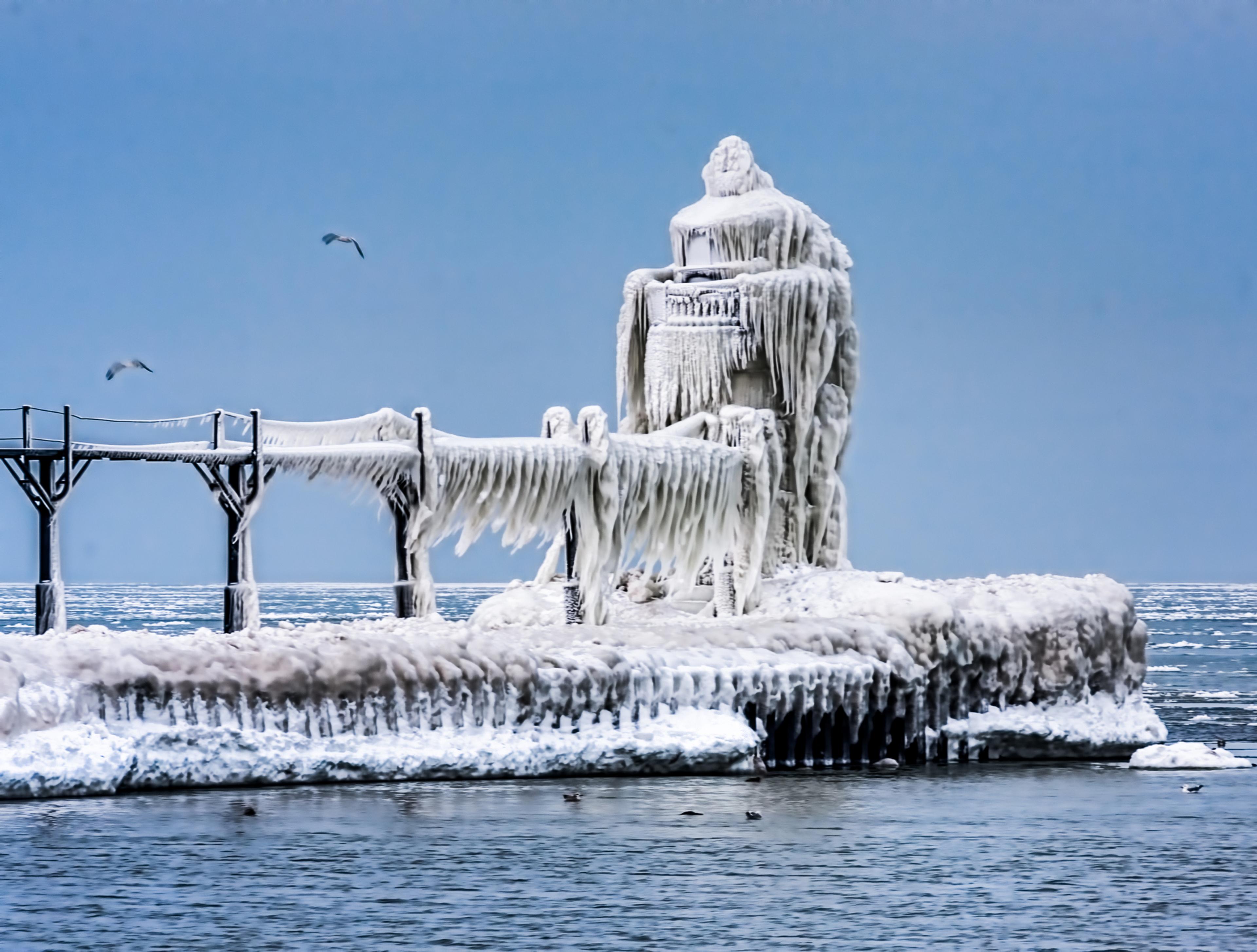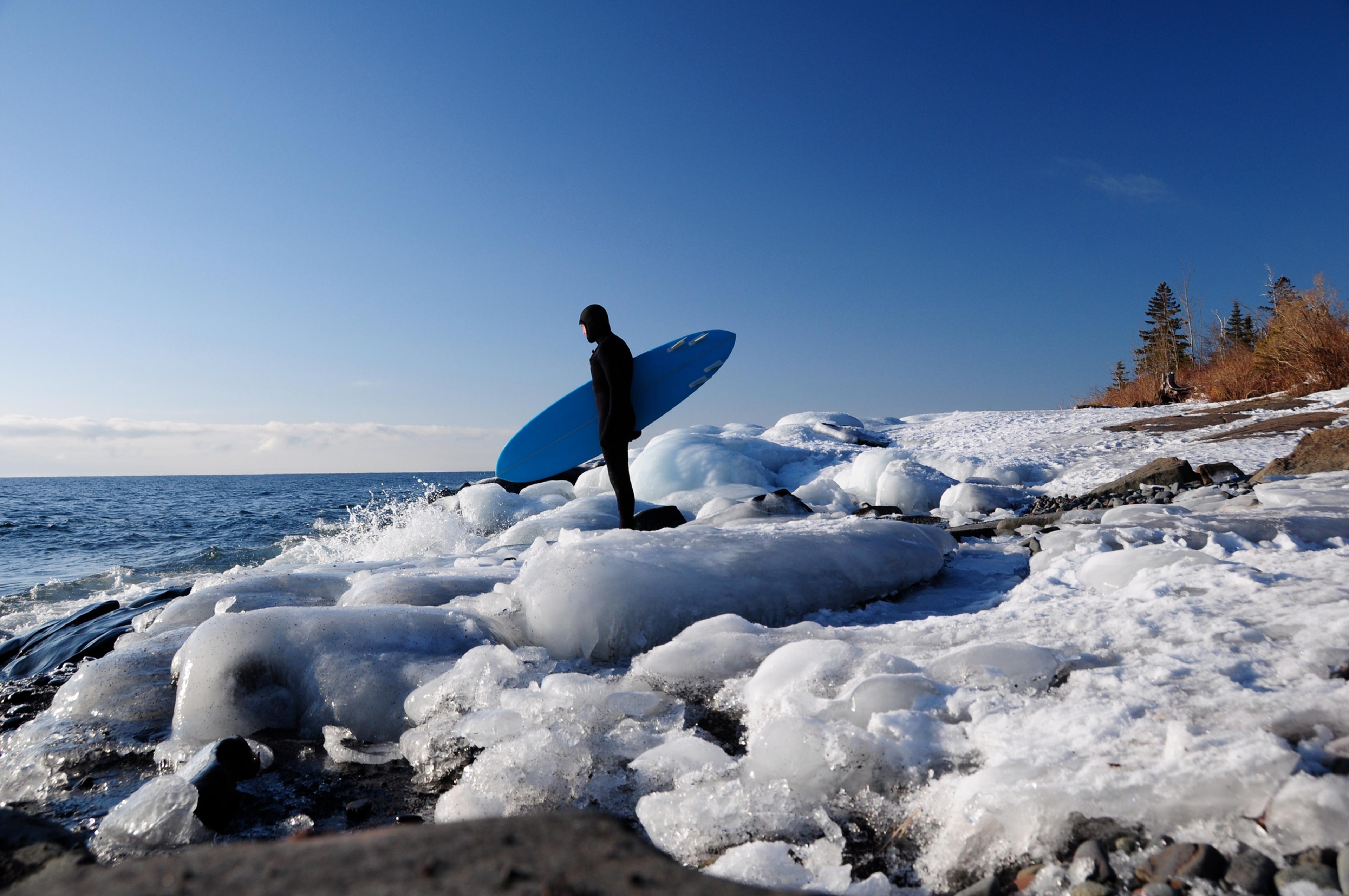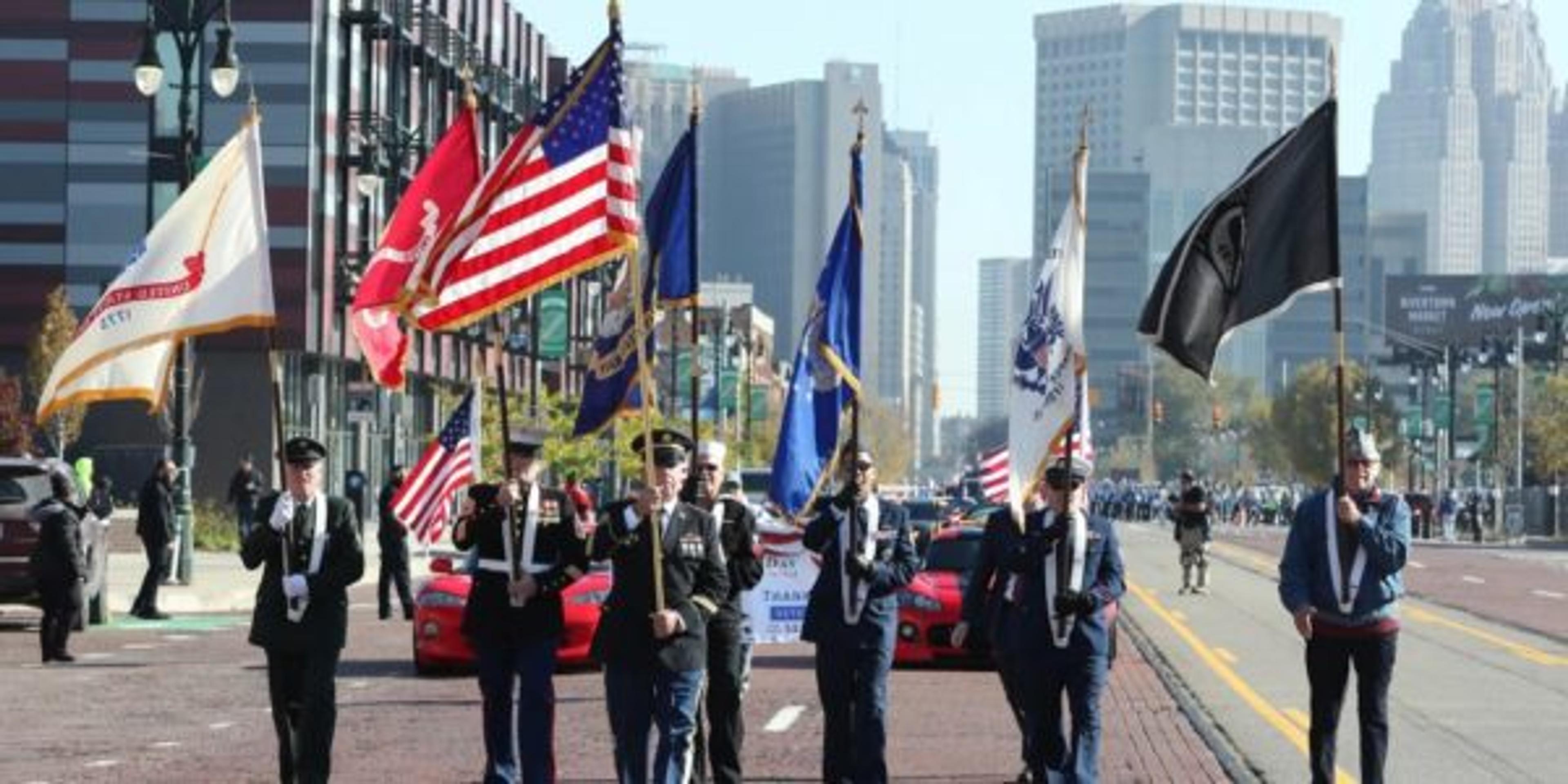Michigan Bucket List: Lake Michigan Frozen Lighthouses
A Healthier Michigan
| 3 min read

If you’re looking for a stunning wintertime spectacle, check out some of the frozen lighthouses on Lake Michigan this winter. Frozen lighthouses typically occur from November through January.
What are frozen lighthouses?
Frozen lighthouses are lighthouses that have become encased in ice structures. This gives a stunning, beautiful and almost unearthly appearance to the lighthouse. Frozen lighthouses occur when specific weather conditions are met. First, the temperature must be well under freezing for a period – the colder it is the better. However, the lake surrounding the lighthouse must remain unfrozen, since another requirement for frozen lighthouses is lake water must be flung onto the lighthouses before it freezes. Then, there must be high winds off the lake, usually from the west, southwest and northwest. This causes large waves to crash and break, flinging water toward the lighthouse which then freezes.
Here are some of the best-known lighthouses that often freeze during the winter months in Michigan:
St. Joseph Northern Pier Inner and Outer Lights
These are the best-known frozen lighthouses in Michigan. In St. Joseph, there are two lighthouses on the Northern Pier that commonly freeze. Visitors can’t visit the lighthouses but can walk along the pier for sightseeing or can view the lighthouses and pier from either Tiscornia Park or Silver Beach Park.
Point Betsie Lighthouse in Frankfort
Point Betsie Lighthouse used to guide ships through the Manitou Passage shipping channel but now marks the beginning of the Manitou Passage Underwater Preserve. It still operates as a lighthouse for U.S. Coast Guard and a local landmark that has been standing for nearly 170 years. Not only does the lighthouse freeze over when the conditions are right, but trees and other structures around may also get covered in ice.
Manistee North Pierhead Lighthouse
This 1870s lighthouse and its rare, wooden catwalk that connects the lighthouse to the shore freeze over when conditions are right.
Grand Haven Southern Pier Inner and Outer Lights
Grand Haven’s two lighthouses along the Southern Pier are smaller than some of the towering lighthouses on this list but freeze over when conditions are right. The catwalk and pier are lit with sparkling lights after dark, and the pier is a popular place for Grand Haven locals and visitors alike.
Muskegon South Breakwater Light
This is a four-sided all steel structure that was moved to the inside side of the pier on the Lake Michigan side of the Lake Muskegon Channel when it was decommissioned over a hundred years ago. A deep red color and standing 61 feet tall, it looks impressive covered with the frozen breakwaters.
Safety tips for frozen lighthouse viewing
Nothing can ruin a frozen lighthouse viewing like an injury, a stumble or fall into lake water, or simply being unprepared for the elements. Remember that cold and water don’t mix well. Your main focus is to remain warm and dry when you are viewing frozen lighthouses.
Don’t walk on icy paths, piers, structures or rocks.
Keep an eye out for ice on paths, piers, structures and rocks around these lighthouses. The last thing you want is to slip and fall and either injure yourself or fall into the freezing cold water around these lighthouses.
Dress for the weather.
The best approach for outdoor cold-weather activities is to dress in layers that you can adjust as you heat up or cool off. You will want a warm, waterproof outer layer to protect against any crashing waves and breaking water. Wear boots that keep your feet warm and provide traction on frozen group. If there are several inches of snow, you may even find snowshoes help your footing on the beaches and piers by these lighthouses.
Image: Getty Images
Related:





